
Digitalisation in India: The Class Agenda
The champions of digitalisation claim that “India is upgrading – from an offline, cash, informal, low productivity economy to an online, cashless, formal, high productivity economy.” In fact, the manner in which digitalisation is being imposed on various sectors of India’s predominantly informal economy does not bring about true formalisation or raise the productivity of…

The Conditions of India’s Peasantry and the Digitalisation of Agriculture
The Government’s project of digitalising India’s agriculture is premised on a distorted understanding of both private corporations and the mass of India’s peasantry. On the one hand, it treats the vast mass of India’s peasantry as profit-maximising units, along the lines of private firms; but it does the opposite for private corporations, treating them as…

Fintech and the Mirage of ‘Financial Inclusion’
The Government and the RBI have been propagating the notion that digital lenders can complete the unfinished agenda of ‘financial inclusion’, and even replace traditional banking in the near future. This ignores the actual financial condition of the majority of people, which is grim and insecure, and their level of financial awareness, which is low.…
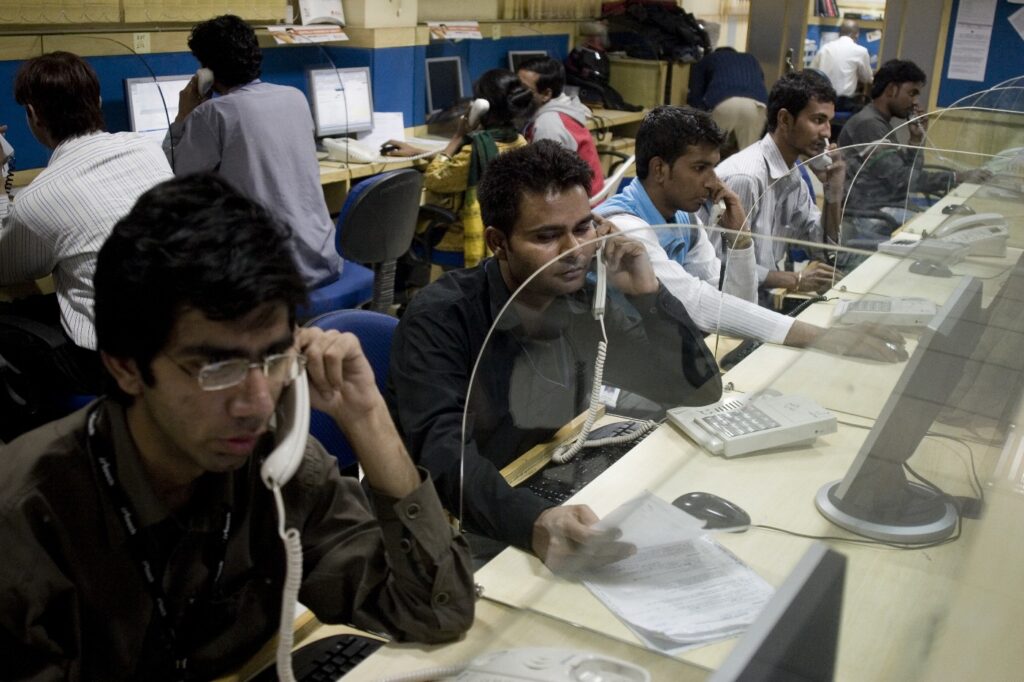
Imperialism and the Digitalisation of India
Examining India’s digital sector in relation to the world economy, we observe the following: (1) the creation of an international division of labour in the digital economy, whereby cheap labour power in India is used to raise the rate of profit of imperialist countries’ firms; (2) India’s continuing dependence on imports for hardware in the…
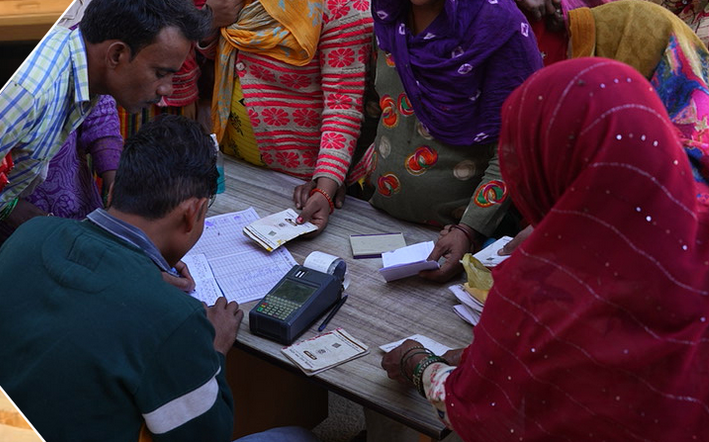
Spurious Claims of Giant Fiscal Savings; Grim Realities
Tax revenues have stagnated, and grown even more regressive, during the decade of digitalisation. Claims of huge savings due to digitalisation are not only false, but hide a grim reality of violation of rights.

The Impact of Digitization on India’s Economy
The decade of ‘peak digitalisation’ has witnessed depressed consumption, stalled investment, retrogression in the pattern of employment, and falling real wages. Meanwhile the digital economy has grown as an enclave, increasingly disconnected from the rest of the economy.

The Digitalisation Onslaught: Precarity and Exclusion
The dominant discourse is that ‘digital’ provides for greater efficiencies, opportunities and ‘democratisation’. However, the period of increasing digitisation in India has also been a period of growing poverty, and growing disjunction between the Growth Domestic Product (GDP) and employment. ‘Digitalisation’ is continuously generating exclusion for vast numbers: persons without smartphones, or without digital skills,…

Automating Exclusions: How Digitalisation Can Lead to Exclusions in Welfare Programmes
Official claims that digitalisation will eliminate fraud, remove unwanted intermediaries, and seamlessly and rapidly transfer funds to the intended beneficiaries are not borne out in practice. Instead the digitalisation drive has automated exclusions, increased opacity for NREGA workers and other beneficiaries, lengthened the ‘last mile’, and placed workers at the mercy of Aadhaar. Further, introducing…

Making Sense of the Present Moment of ‘Onlinisation’ of Teaching
If education is more than merely offering ‘content’, online education is very far from a serious teacher’s idea of reasonable education. Among other things, it ignores the role of the peer group in collective learning; the role of social diversity in learning; the importance of providing students equal access to institutional resources; the scope for…
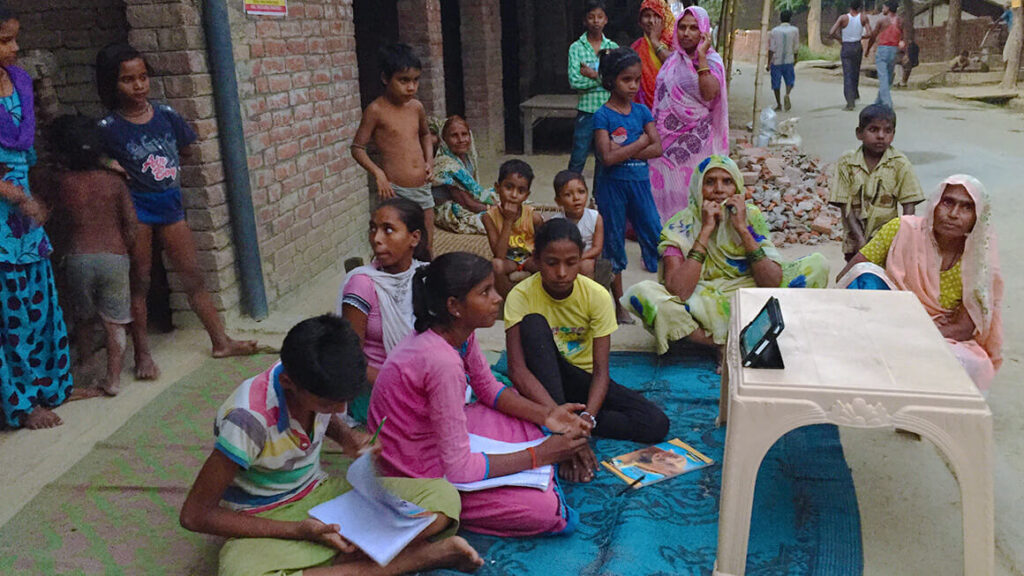
Digitalisation of Education: A Dystopian Solution for a Dismal Reality
After almost eight decades since independence, the state of India’s school education remains in complete disarray. Though a significant number of children of school-going age have been herded into schools, the learning levels remain dismal in spite of very low bars set to assess them. In this situation, there is a wholesale push for edtech…
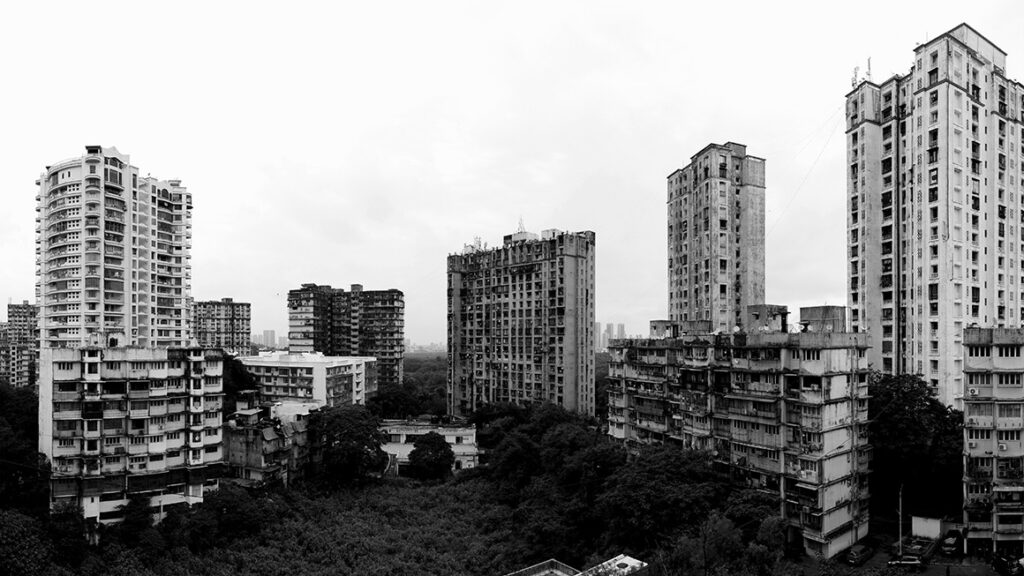
The Toll-Booth City: Notes on ‘Smart’ Urbanism
The promotion of digital technology as an apolitical solution for urban problems is a class politics – of interests that drive global consultant firms, technology providers, big bureaucracy, and vendor networks. It seeks to simultaneously obscure the nature of urban problems as well as the social-class dimension of ‘smart’ urbanism. The Smart City Mission is…

Digital Health and the National Digital Health Mission – Leveraging “Universal Health Care” for Technology and Capital?
The ongoing inroads of digital technology into health through the National Digital Health Mission (NDHM) are the latest chapter in the now nearly hundred-year-old discourse on the role of technology in health, on what protects and improves public health. The history of public health and medicine shows that countries managed to improve the health of…
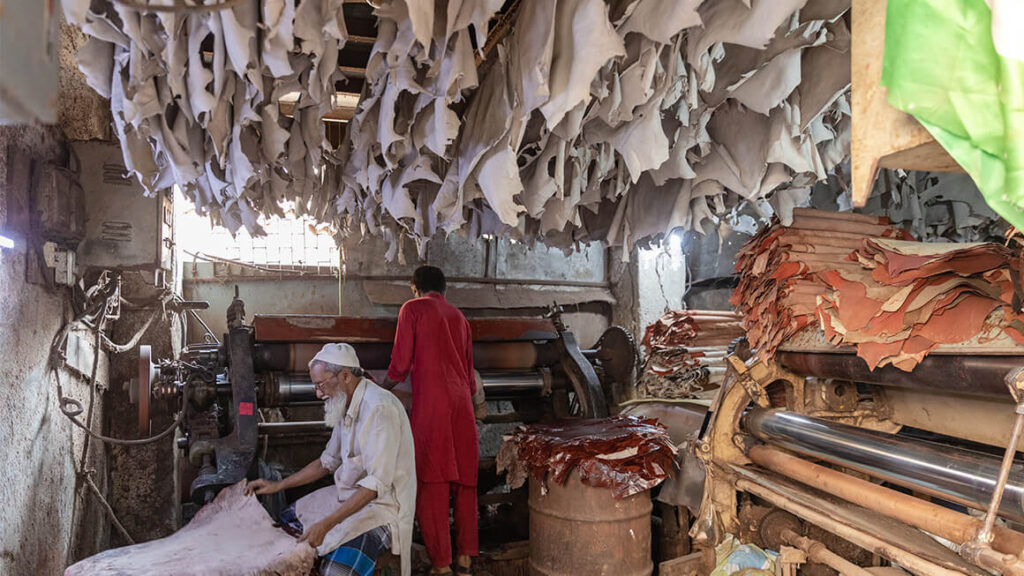
Digitalisation’s Marginalising Impact on India’s Unorganised Sector
Digitalisation and formalisation are projected by the Government as a solution to the Indian economy’s problems. However, digitalisation has further damaged the unorganised sector without formalising it. Demand has been shifting from the unorganised to the organised sector. Given that the organised sector is more capital intensive than the unorganised sector, this demand shift has…
DATE PUBLISHED:
April 2024
Digitalisation in India: The Class Agenda
India, according to the Government of India, is not only a global power, but a Vishwaguru (Global Teacher). This claim may not be borne out by the level of Indians’ median income, productive employment, farm output per hectare, manufacturing strength, technological base, educational status, nutrition, and health. Moreover, the distorted structure of India’s employment, the abysmal economic status of its women, and its overall lack of political and social freedoms further contradict the claims of Global Teacher status.
Nevertheless, in one sphere India’s achievement has won global recognition: its high-speed drive for digitalisation. In the view of the American billionaire Bill Gates, “No country has built a more comprehensive [digital] platform than India.” His claim is endorsed by international institutions such as the World Bank and International Monetary Fund (IMF). Arguing that “India’s digital journey” has brought in its train an extraordinary range of present and future benefits, a recent IMF study presents India as a development model.
However, a more careful examination reveals the class interests behind India’s digitalisation drive and its approbation. In this issue, a range of contributors, from various perspectives, look at specific aspects of that drive. Arun Kumar writes about digitalisation’s marginalising impact on India’s unorganised sector; Hussain Indorewala writes about India’s ‘Smart City’ mission; Indira Chakravarthi examines at the National Digital Health Mission; Manali Chakravarti and Rahul Varman dissect the digitalisation of education; Rajendran Narayanan shows how digitalisation can lead to exclusion in welfare programmes; and Anurag Mehra describes a system that continuously generates precarity for vast numbers. At the end, RUPE comments on the overall drive and agenda of digitalisation in India and its impact on various sectors and on the people working in them.
— Editor.
